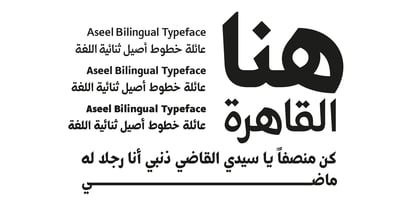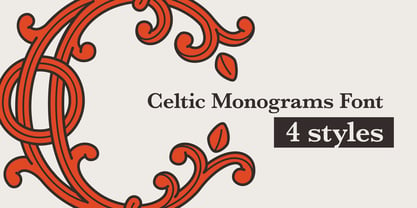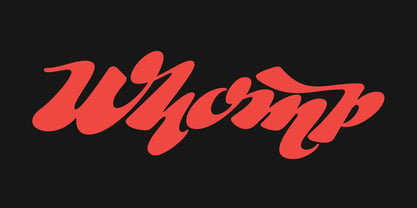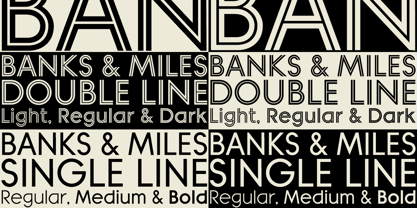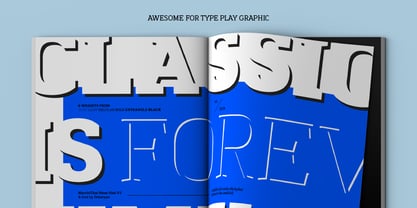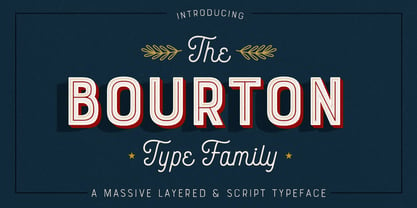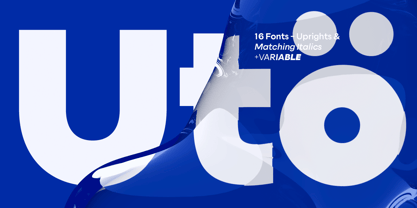10,000 search results
(0.097 seconds)
- GotischeMajuskel - Unknown license
- Cup and Talon - Unknown license
- Our Sacred Rights - Unknown license
- Imperial Symbols - Unknown license
- OldTypefaces - 100% free
- Elder Magic - Personal use only
- unciaal - Unknown license
- Grange - Unknown license
- ReadableGothic - 100% free
- 1742Frenchcivilite - Unknown license
- WirWenzlaw - Unknown license
- Heorot - Unknown license
- Kremlin Orthodox Church - Unknown license
- Gawain - Unknown license
- MissalUncialeMaster - Unknown license
- PiratsSymbolsArtefacts - Unknown license
- Umber SSi - Unknown license
- Wolves and Ruin - Unknown license
- Middle Ages - Unknown license
- Piper Pie - Personal use only
- Fire Of Ysgard Regular - Unknown license
- Tribal Two - Unknown license
- CuttyFruty - Personal use only
- Rousseau™ - Unknown license
- Odinson Light - Unknown license
- FR Warrior Plain - Personal use only
- Aseel by MAKYN,
$40.00 - Argor Got Scaqh - 100% free
- Celtic Monograms by Kaer,
$24.00 - Whomp by Sudtipos,
$59.00 - Banks and Miles by K-Type,
$20.00 - MartiniThai Neue Slab V2 by Deltatype,
$39.00 - D3 Labyrinthism katakana - Unknown license
- Bourton by Kimmy Design,
$10.00 - Diediedie - Unknown license
- Morgan - Personal use only
- Wires and Cowboys - Unknown license
- esthervandenbos - Unknown license
- BACK TO SCHOOL - Personal use only
- Uto by Fenotype,
$99.00


























